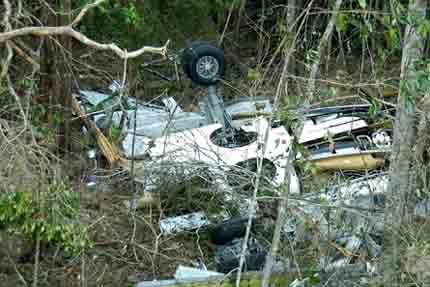Although both aircraft were new and fitted with airborne collision avoidance systems (ACAS), the Embraer Legacy crew did not react to an avoidance “resolution advisory” (RA) – if there was one – and there is no evidence yet that the Gol Boeing 737-800 crew reacted to one either. Industry people close to the investigation are speculating about why the Brasilia air traffic control centre lost the Legacy’s transponder “squawk” – and therefore identification and altitude data – soon after it headed northwest along airway UZ6. Some suggest the crew switched it to standby, and others speculate on a temporary failure; but neither the Brazilian accident investigation agency CENIPA nor aviation authority ANAC has ventured an opinion on what happened. The 737 crew’s transponder was operating, according to ATC, and there is no apparent motive for any crew to switch off ACAS, so the greatest puzzle is why neither crew received – or at least reacted to – an RA, because correct action by either aircraft could have prevented the collision.
The wide dispersal of large, separate wreckage sections indicates early break-up of the 737’s structure in a high-speed descent, according to officers at the site, but the nature of the damage it must have received to cause the crew to lose control so quickly is unknown. The main landing gear position indicates the crew may have selected it down to reduce speed. The probable relative aircraft positions at the point of collision (see diagram) is deduced from information supplied by an officer who inspected the 737’s wreckage, but it is not official data. The 737’s flight data recorder is believed to have been sent to Canada for download.
|
|---|
|
Wreckage of the 737 (top); the Legacy's damaged winglet and tailplane |
Source: Flight International


















